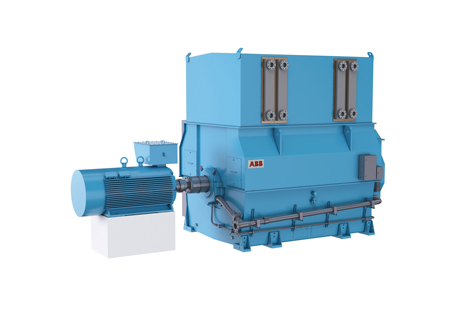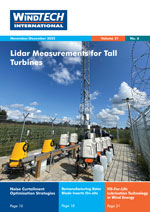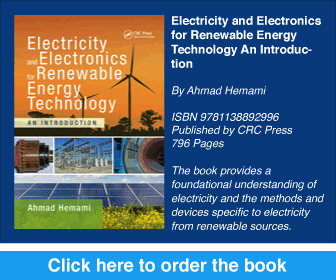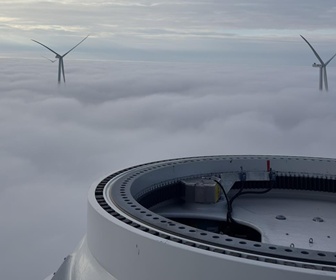 Resurgent Technology Can Maintain Grid Stability in the Renewable Era
Resurgent Technology Can Maintain Grid Stability in the Renewable Era
Renewables are taking over, but they are shaking up grid stability. As fossil fuel plants shut down, we are also losing the vital inertia they provide. The result? A hidden engineering challenge that undermines the reliability of clean power.
By Kristina Carlquist, Head of Synchronous Condenser Product Line, ABB Large Motors and Generators, Sweden










